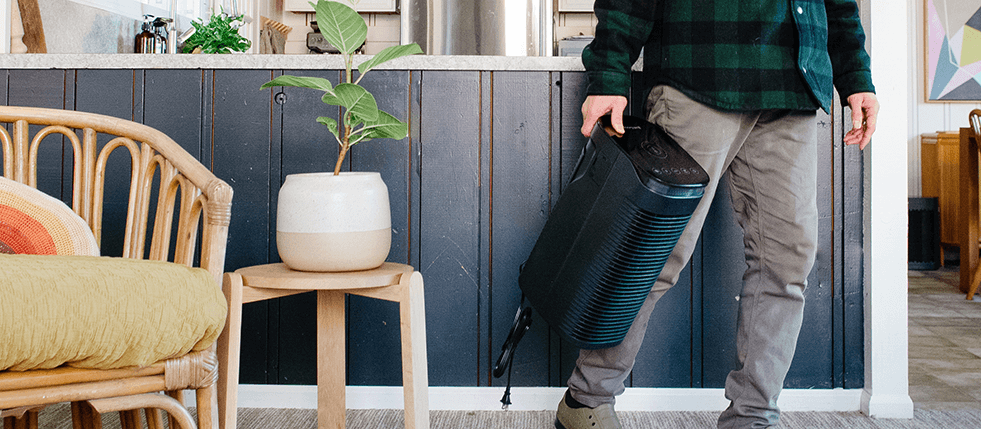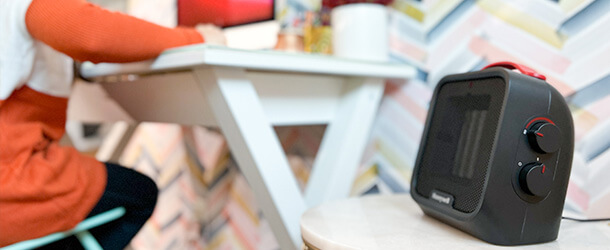Blog
Unveiling the Science Behind Air Cleaners for Home Enhancement and Health Benefits
As concerns over indoor air quality continue to rise, the quest for effective solutions has led homeowners to consider the use of an air cleaner for home enhancement. According to the Environmental Protection Agency (EPA), indoor air can be two to five times more polluted than outdoor air, primarily due to allergens, dust, and volatile organic compounds (VOCs). The American Lung Association reports that poor indoor air quality can exacerbate respiratory conditions and lead to adverse health effects. Recent studies indicate that HEPA filters, widely used in air cleaners, can remove up to 99.97% of airborne particles down to 0.3 microns, making them a crucial addition to home environments.
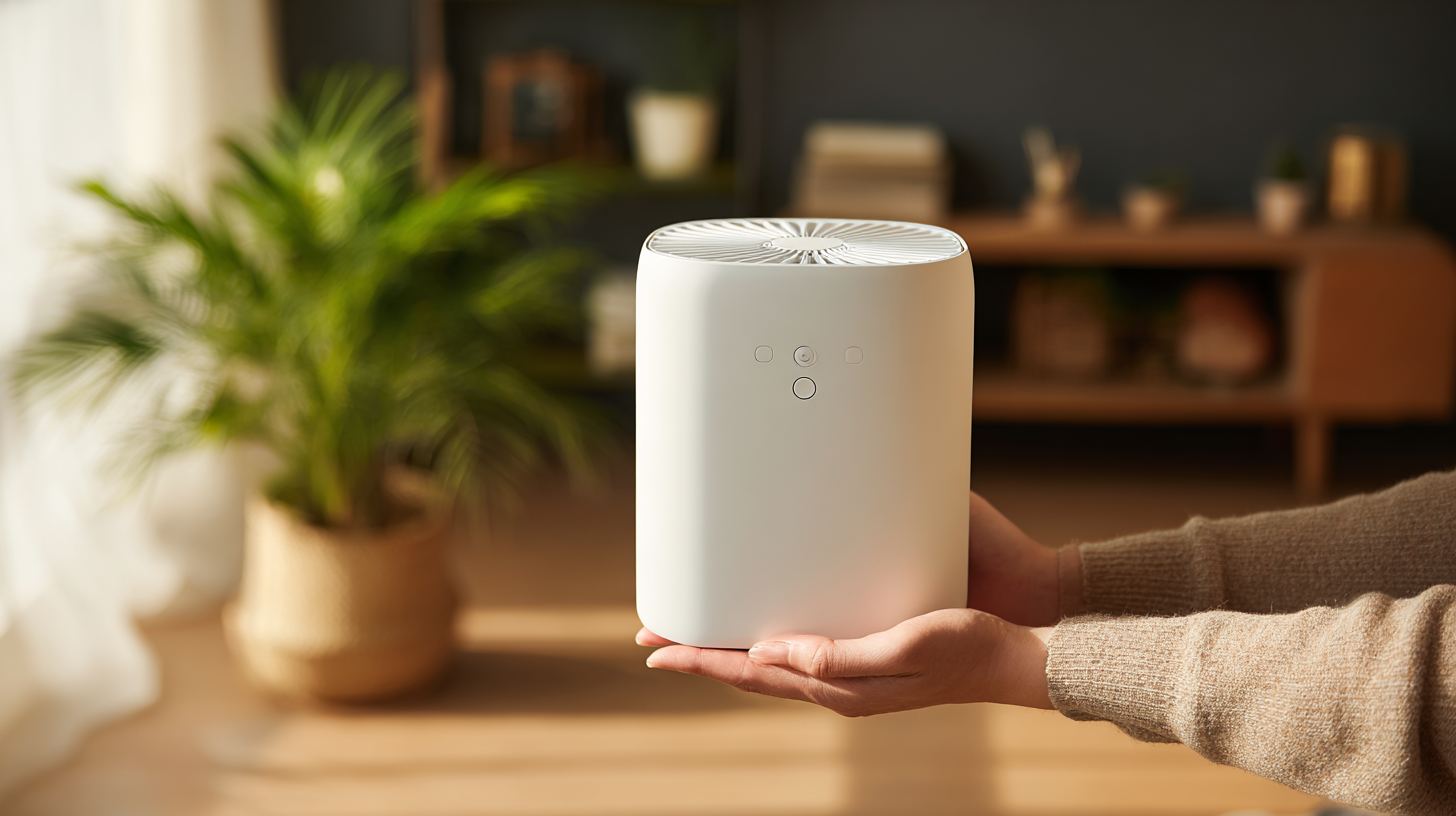 As we explore the science behind air cleaners, we uncover their role not only in improving air quality but also in promoting overall health and well-being for families.
As we explore the science behind air cleaners, we uncover their role not only in improving air quality but also in promoting overall health and well-being for families.
Understanding the Basics of Air Cleaners and Their Functionality
Air cleaners have become increasingly popular in homes, promoting both comfort and health. Understanding their basics involves recognizing how they operate to purify indoor air. These devices typically use various filtration methods, including HEPA filters, activated carbon, and UV light, to remove airborne pollutants such as dust, smoke, pollen, and harmful microorganisms. HEPA filters, for instance, can capture particles as small as 0.3 microns, effectively improving air quality by reducing allergens and other irritants.
The functionality of air cleaners is critical for enhancing home environments. They work by drawing in polluted air, trapping contaminants within their filters, and then releasing cleaner air back into the living space. Some advanced models also include features that enable them to monitor air quality and adapt their operation accordingly. Additionally, air cleaners can significantly reduce odors and harmful volatile organic compounds (VOCs), contributing to a healthier living space, especially for individuals with allergies or respiratory conditions.
Air Cleaners Efficiency Comparison
This chart demonstrates the efficiency of different types of air cleaners in reducing common indoor air pollutants, measured by their effectiveness percentages.
The Health Benefits of Using Air Cleaners in Your Home Environment
The impact of indoor air quality on health is increasingly recognized, with evidence suggesting that the use of air cleaners can significantly enhance home environments. According to the Clean Air Act’s Second Prospective Report from the EPA, cleaning the air indoors can lead to improvements in cardiovascular health, particularly for those exposed to high levels of indoor pollutants. For instance, switching to natural air purifiers has been shown to reduce exposure to synthetic chemicals by up to 60% within just eight weeks, highlighting a strong correlation between improved air quality and heart health.
Indoor air pollution often stems from common household products, leading to a myriad of health problems, particularly respiratory issues. Research has demonstrated that air purifiers equipped with HEPA filters can effectively reduce airborne particles, thus mitigating risks associated with poor air quality. Moreover, studies report that children in areas with lower socioeconomic status often experience higher levels of air pollution, exacerbating health disparities. Implementing air purification strategies can help protect vulnerable populations, ensuring a healthier living environment for all.
Comparing Different Types of Air Cleaners: HEPA vs. Activated Carbon
When it comes to enhancing indoor air quality, understanding the differences between HEPA and activated carbon air cleaners is essential. HEPA (High-Efficiency Particulate Air) filters are renowned for their ability to trap 99.97% of particles that are 0.3 microns in diameter, according to the U.S. Department of Energy. These include common allergens such as pollen, dust mites, and pet dander, making HEPA filters particularly effective for allergy sufferers. A study published in the Journal of Asthma found that using HEPA air purifiers significantly reduced asthma symptoms and triggered fewer attacks during exposure to allergenic triggers.
On the other hand, activated carbon filters excel in removing volatile organic compounds (VOCs), odors, and harmful gases. The Environmental Protection Agency (EPA) highlights that activated carbon can absorb a wide range of pollutants, from household cleaning chemicals to fumes from cooking. In fact, activated carbon is often used in various applications, including gas masks and water treatment facilities, due to its exceptional adsorption properties. For homeowners looking to improve air quality, choosing the right type of air cleaner ultimately depends on their specific needs—whether it be allergens or harmful gases.

How Air Cleaners Improve Indoor Air Quality for Allergens and Pollutants
Air quality in our homes significantly affects our health and wellbeing, particularly for those susceptible to allergens and pollutants. According to the U.S. Environmental Protection Agency (EPA), indoor air can be two to five times more polluted than outdoor air, primarily due to common household items such as cleaning products, mold, and pet dander. This alarming statistic underscores the importance of incorporating air cleaners into our living spaces, particularly models equipped with High Efficiency Particulate Air (HEPA) filters, which can capture up to 99.97% of airborne particles measuring 0.3 microns in diameter.
Research from the American College of Allergies, Asthma & Immunology revealed that consistent use of air purifiers can lead to significant reductions in asthma symptoms among children and adults exposed to allergens. The study showed a 30% decrease in respiratory issues in homes that utilized air cleaners regularly. Moreover, air cleaners not only reduce allergens but also mitigate the presence of harmful volatile organic compounds (VOCs) and other pollutants, offering dual benefits for enhancing indoor air quality and improving overall health. As awareness grows regarding the impact of indoor air quality, investing in efficient air cleaning technology has become a vital step for healthier living environments.
Unveiling the Science Behind Air Cleaners for Home Enhancement and Health Benefits
| Feature | Description | Health Benefit | Recommended Usage |
|---|---|---|---|
| HEPA Filter | Traps 99.97% of particles as small as 0.3 microns | Reduces allergy symptoms and asthma triggers | Continuous use in bedrooms and living areas |
| Activated Carbon Filter | Absorbs odors, smoke, and volatile organic compounds (VOCs) | Improves air quality and reduces respiratory issues | Use in kitchens and areas with high odor exposure |
| UV Light Purification | Destroys airborne bacteria and viruses | Reduces the risk of airborne infections | Ideal for homes with young children or illness-prone individuals |
| Ionizers | Releases negative ions to neutralize pollutants | Helps with allergy symptom relief | Best used in combination with other filters |
| Ozone Generators | Produces ozone to eliminate odors | Can help with smoke odor removal | Use with caution; not recommended for occupied spaces |
Factors to Consider When Choosing an Air Cleaner for Your Home
When choosing an air cleaner for your home, several critical factors should be considered to ensure optimal performance and health benefits. First, the type of air purifier is essential; options include HEPA filters, activated carbon filters, and ultraviolet (UV) light purifiers. HEPA (High-Efficiency Particulate Air) filters are highly effective, capturing up to 99.97% of particles as small as 0.3 microns, according to the Environmental Protection Agency (EPA). In contrast, activated carbon filters excel in removing odors and volatile organic compounds (VOCs), making them suitable for households with cooking or chemical usage.
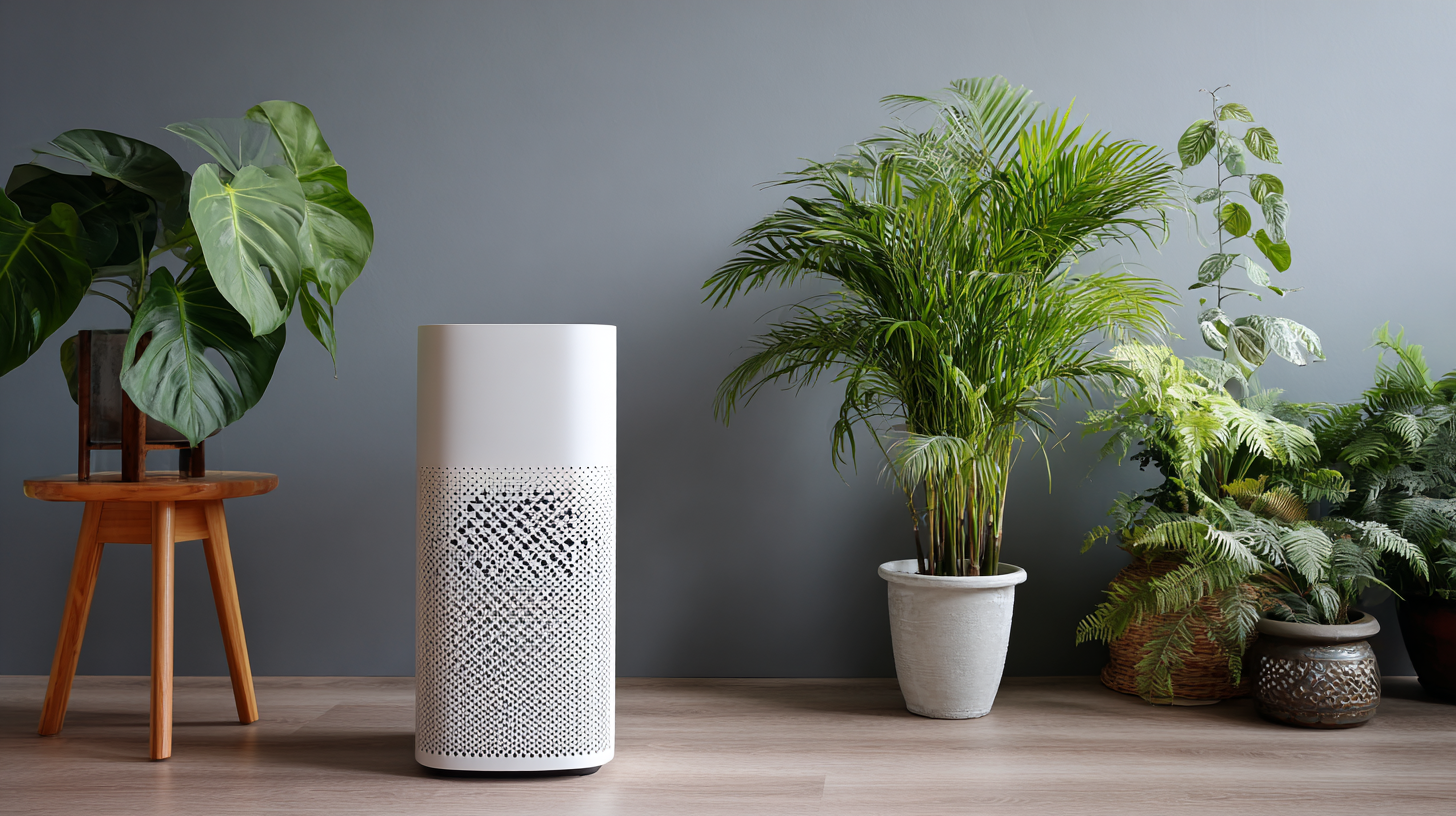
Another vital consideration is the size of the air cleaner relative to the room it's intended to purify. The Clean Air Delivery Rate (CADR) measures how quickly an air purifier can clean the air in a specific room size, and it's crucial to choose a unit with an appropriate CADR rating to match your space. For example, the Association of Home Appliance Manufacturers (AHAM) recommends selecting a model that aligns with your room's square footage to achieve optimal filtration efficiency.
Lastly, one should consider noise levels, energy consumption, and maintenance costs, as these factors can significantly affect the overall convenience and effectiveness of an air cleaner in your home.
Related Posts
-

Exploring Unique Alternatives to Traditional Air Cleaners for Home Use
-
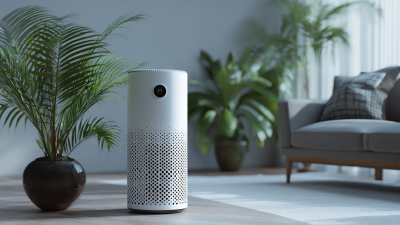
What Types of Air Cleaners Exist and Which One Suits Your Needs?
-
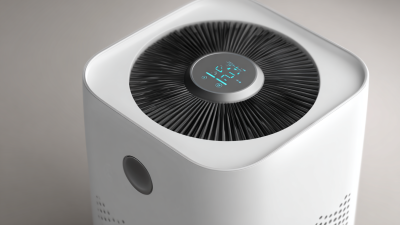
How to Choose the Best Air Cleaner Understanding Key Specifications and Features
-
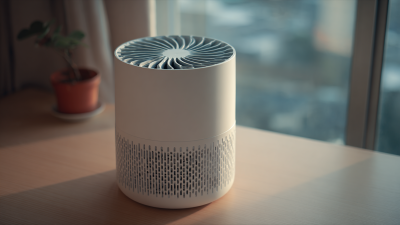
How to Select the Best Portable Air Purifier for Your Needs
-

Your Ultimate Guide to Choosing the Best Air Purifier Fan for Your Home
-
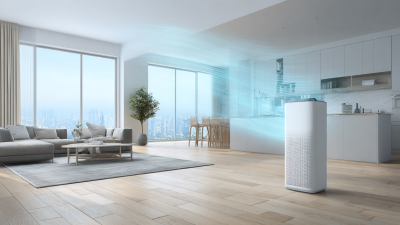
Future Innovations in Best Room Air Filters Shaping the 2025 Industry Landscape





